If you want to scale up the challenges of an exposed first ascent locked in rainforest wilds, nothing does the trick like pit vipers. Or spider venom that induces blood vomiting.
British adventurer Leo Houlding and his team took on the extra set of risks, recently climbing Mount Roraima. The remote tepui on the triple Brazil-Venezuela-Guyana border, is the chain’s highest flat-topped plateau (at 9,220 feet) in a land of dramatic topography. Surrounded by dozens of 1,000-foot waterfalls, Mount Roraima has captivated writers and travelers alike since Sir Walter Raleigh described it in 1596 following his search for El Dorado, the fabled city of Gold. Home to the planet’s tallest waterfall (Angel Falls), the region also inspired Sir Arthur Conan Doyle’s 1912 classic The Lost World, as well as Disney-Pixar’s more contemporary 2009 film Up. Over 10 days on the nearly 2,000-foot wall, Houlding’s team climbed a first free ascent while dealing with the hostile critters, as well as torrential downpours and scary, committing climbing. They topped out on December 4.
“There were a lot of hazards,” trip leader Houlding said after returning home to the Lake District in England. “When you climb, you’re reaching above your hand and deep into a crack where bugs and spiders and birds and scorpions hang out. You can’t look — you just have to do it. There are all sorts of creepy crawlers up there.
“The higher we got there was still a lot of stuff in the cracks, particularly scorpions. There are really small ones that are quite bad and can make you vomit blood. The bigger ones — which we didn’t see — look really vicious, but their sting isn’t as bad.”
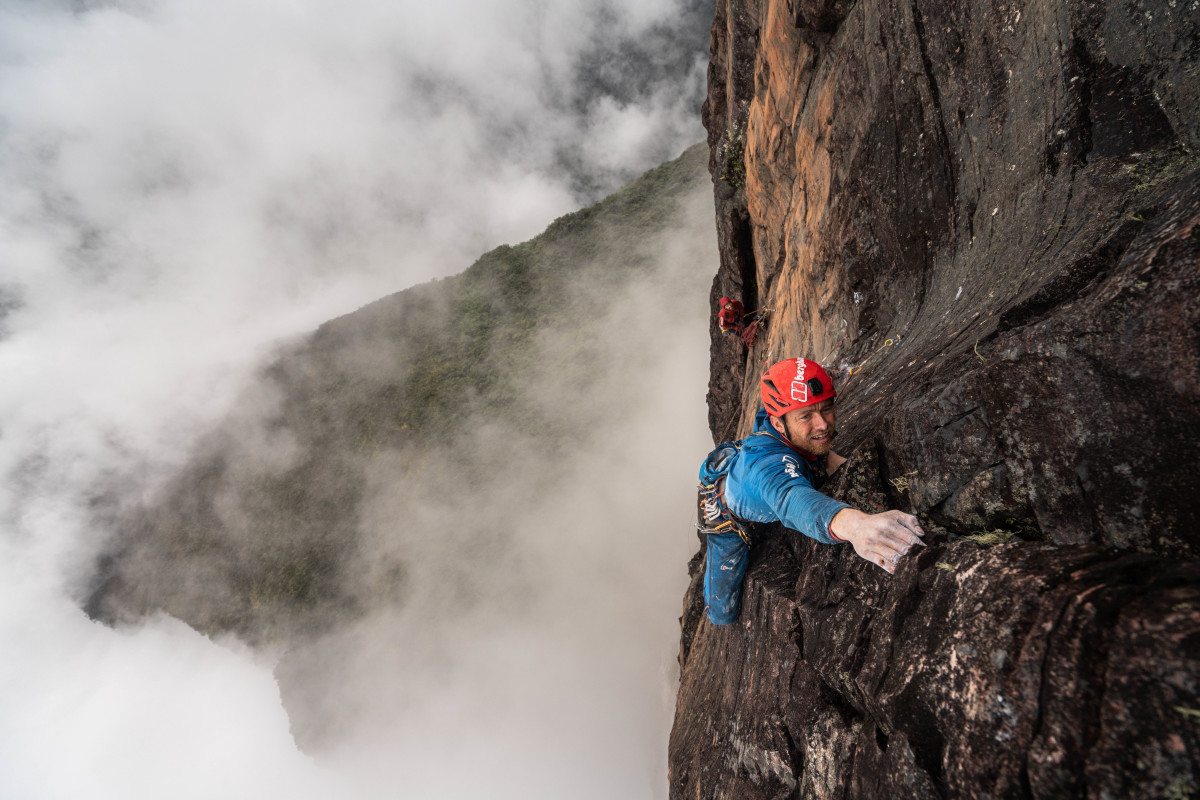
“Like any big wall climbed on-sight, pushing into the unknown is challenging,” Houlding’s partner Wilson Cutbirth said after returning home to Flagstaff, Arizona, where he shares a house with a group of dirtbag climbers. “Being in the middle of the rainforest, one minute it will be sunny, and the next it will be a tropical rainstorm making it especially challenging when hiking loads and sleeping on the ground.”
Once on the wall, however, the rock stayed dry because it was so steep. Their line of ascent follows the first four pitches of the 1973 aid line established by Hamish MacInnes, Don Whillans and Joe Brown before the team broke into new territory for 10 new pitches to establish a climb rated 5.12+ R/X.
“New routing on an overhanging wall is as real as it gets,” continued Houlding. “You’re pushing into danger with a lot of unknowns. The quartzite is super hard but there were quite a few big things that were loose.”
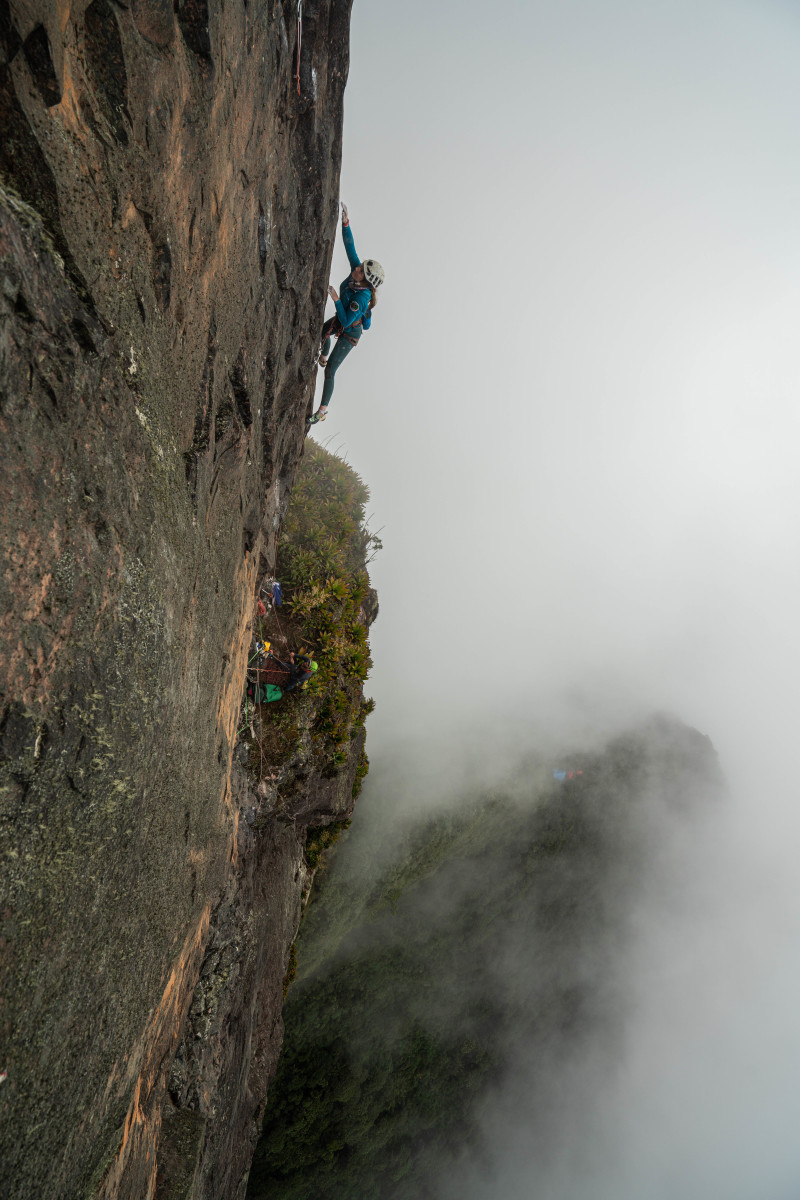
After 15 days approaching the wall through 30 miles of jungle and setting up basecamp, the team spent half a dozen nights at a portaledge camp low on the face and then four nights at a portaledge camp high on the rock. The trip comprised of Houlding, 39, Anna Taylor, 21, Waldo Etherton, 32, and Cutbirth, 29. The feat added up to nearly 2,000 pounds of gear — which was dropped from the sky by parachute. In addition, two local Amerindians, Troy Henry and James Edward joined the team to the summit. “They are the first Guyanese people to climb Roraima,” Houlding said. “They’ve become quite famous.”
Filmmakers Matt Prycoft and Dan Howard of Cold House Media also joined the team.
“Roraima the most famous natural landmark in the country and it’s one of the most spectacular mountains in the world,” said Houlding. “It’s like Everest and El Cap.” Because the tepui is in an area that feels like time has stood still, “if a pterodactyl flew past, it wouldn’t look out of place.”
Houlding brought decades of expedition experience, while Taylor brought her hard lead climbing skills, Etherington brought rainforest canopy skills, and Cutbirth – Houlding’s frequent climbing partner — brought his big wall free climbing skills.
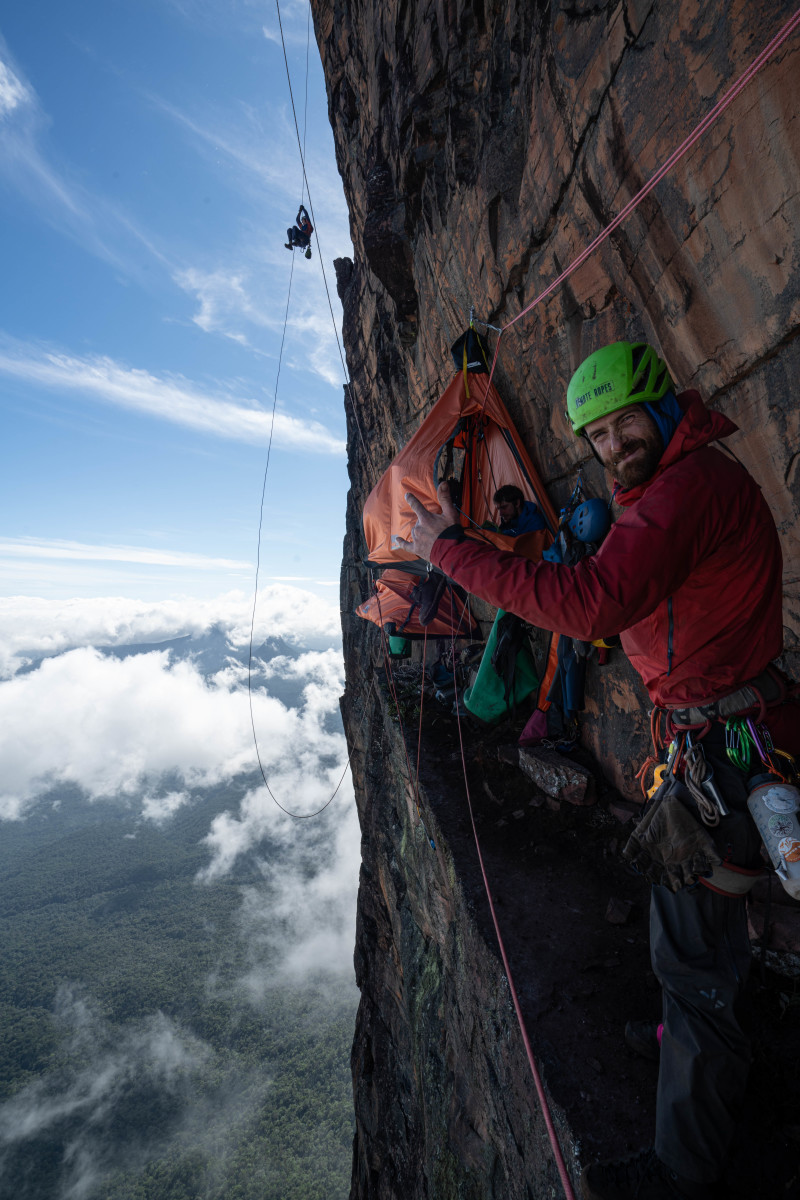
Trip highlights included climbing over “some of the best rock ever,” said Cutbirth, who said it’s also some of the oldest rock in the world. “When the clouds cleared, we saw a land of tepuis and huge waterfalls all over.”
Though the quality of the climbing exceeded their expectations, the venomous snakes in the area forced them to reconsider their trip. “One day we found a pit viper below the portaledge,” continued Cutbirth. “That’s one of the most venomous snakes in the jungle. If it bit us and we were that far out, we might not have made it. Also, it was a daily occurrence to see spiders that locals said would make you vomit blood if they bit us. We’d find them in our portaledges.”
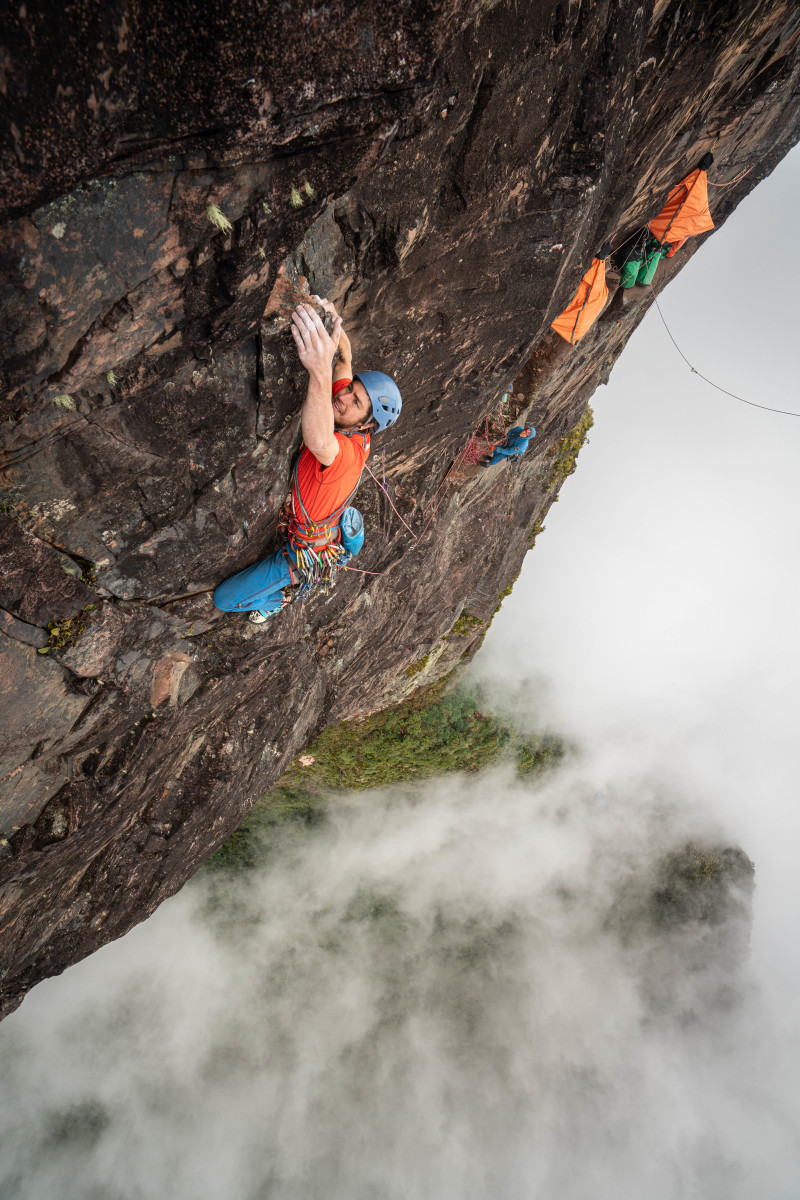
“Though everyone was on the same trip, we were on all our own journeys,” Houlding said. “Anna’s crux pitch was quite hard. The logistics was the hardest for me. People don’t realize how much success comes from planning.”
Once on the summit, the team was greeted with a helicopter that took most of the climbers out. Cutbirth, Houlding and Etherton stayed behind for the next two weeks to climb new objectives.
To read more about the trip, visit berghaus.com.
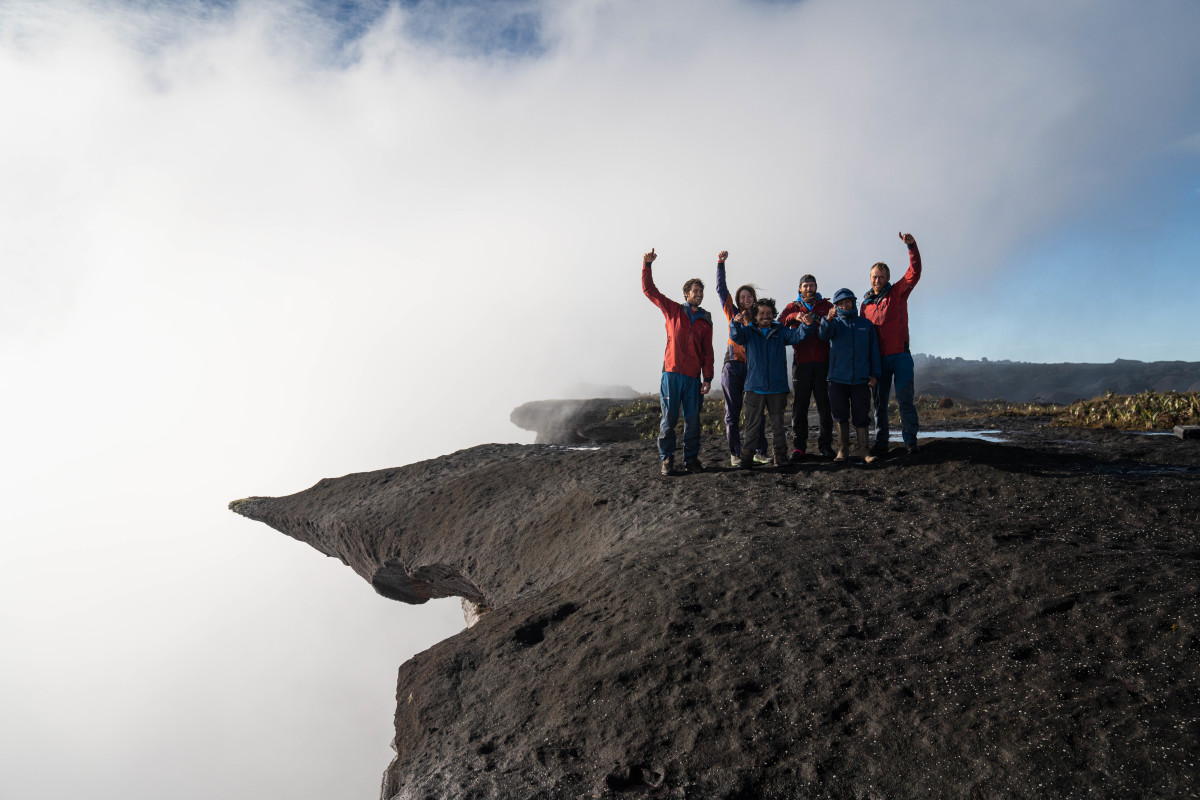
from Men's Journal https://ift.tt/2T82ijF
No comments:
Post a Comment